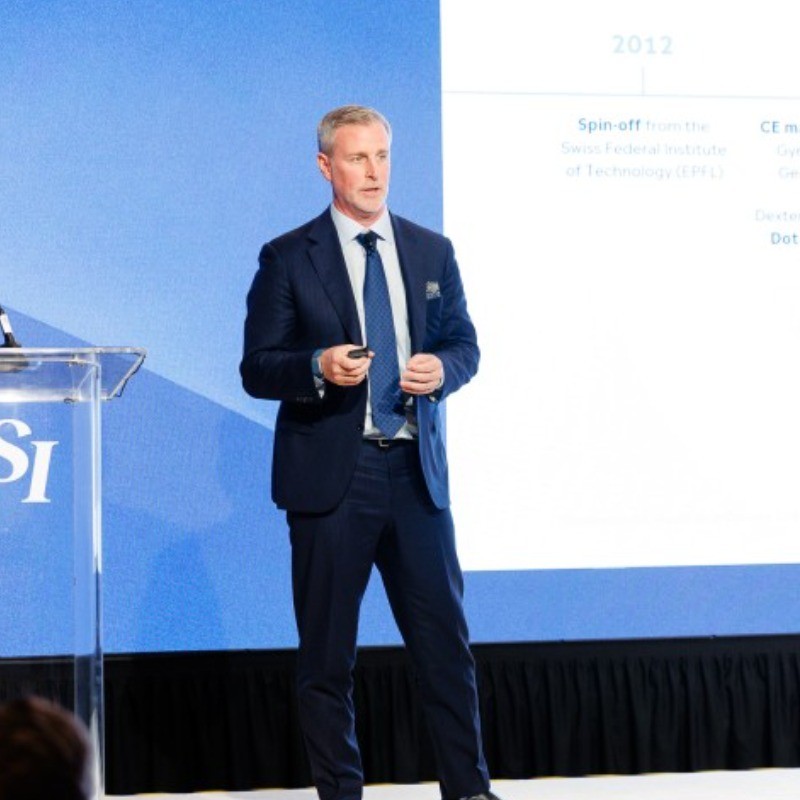- Video Library
- Greg Roche, Distalmotion - Accessible On-Demand Surgical Robot | LSI USA '25
Greg Roche, Distalmotion - Accessible On-Demand Surgical Robot | LSI USA '25

Greg Roche
Experienced Medical Device Executive with a demonstrated history of building high performance cultures. Skilled in Medical Devices, Sales and Marketing, General Management, Operations, M&A, and Product Development. Received Juris Doctorate from Cleveland State University - Cleveland-Marshall College of Law and Bachelor of Arts from Miami University.
Greg Roche
Experienced Medical Device Executive with a demonstrated history of building high performance cultures. Skilled in Medical Devices, Sales and Marketing, General Management, Operations, M&A, and Product Development. Received Juris Doctorate from Cleveland State University - Cleveland-Marshall College of Law and Bachelor of Arts from Miami University.

17011 Beach Blvd, Suite 500 Huntington Beach, CA 92647
714-847-3540© 2025 Life Science Intelligence, Inc., All Rights Reserved. | Privacy Policy







